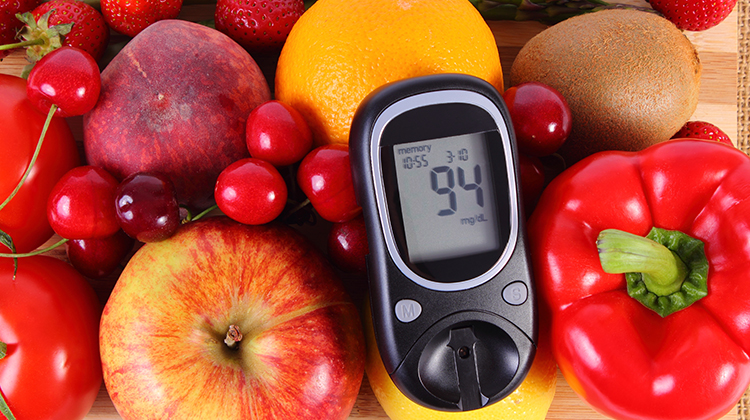


The World Health Organization (WHO) revealed in April that the number of adults estimated to be living with diabetes has nearly quadrupled over 35 years. While diabetes is a worrying trend, most cases are preventable. Type 2 diabetes is caused by lifestyle factors such as a lack of exercise and an unhealthy diet, especially one that contains too much sugar. While you may not be guzzling cans of soft drinks and eating cake for dessert every day, you may still be consuming more sugar than you realise. Here are a few things you can do to eat less:
1. Cut Down on Sugary Drinks
Here’s a sobering fact about a can of soda: it can contain up to 10 teaspoons of sugar. The recommended daily allowance as advised by the Health Promotion Board (HPB) is between eight and 11 teaspoons of sugar per day so that’s your entire daily allowance right there in one drink. Fruit juice is not much better as many are laden with sugar. Go for fresh juice or better yet, stick to plain water. Here’s a tip: if you want a bit of flavour, add a slice of cucumber, lemon or strawberry to your water.
2. Learn Sugar’s Aliases
There are over 50 aliases for sugar but the most common culprits are: sucrose, glucose, fructose, maltose, hydrolysed starch, honey, molasses and corn syrup. It’s not uncommon to see two or more of these on an ingredients list, which is a sneaky way for food manufacturers to slip more sugar into our food. Familiarise yourself with sugar’s many names and avoid products that include several. Another tip: the higher up the ingredients list these names are placed, the more sugar that product contains.
3. Understand Hidden Sources of Sugar
So you think you are making the healthier choice when you reach for a low-fat yoghurt? Think again. It is likely that more sugar has been added to the low-fat version compared to the regular version to compensate for the lack of taste due to it having less fat. You don’t have to stay away from all forms of low-fat products, just make it a habit to compare the ingredients list to see which is truly a healthier option.
4. Choose Whole Grains Over Processed Carbohydrates
Whole grains like brown rice and oats are excellent sources of dietary fibre, which lower the risk of heart disease and Type 2 diabetes. White rice, on the other hand, is a processed grain and has a higher glycaemic index, which means it converts to sugar a lot faster when digested. HPB advocates that you replace your refined grains with whole grains as much as possible. So opt for brown rice instead of white rice the next time for a more balanced meal.


Copyright© 2024 Great Eastern Life Assurance (Malaysia) Berhad (93745-A) | Great Eastern General Insurance (Malaysia) Berhad (102249-P)
A member of PIDM | About PIDM's protection
 |
A member of PIDM |
Copyright© 2024 Great Eastern Life Assurance (Malaysia) Berhad (93745-A) | Great Eastern General Insurance (Malaysia) Berhad (102249-P)
A member of PIDM | About PIDM's protection



